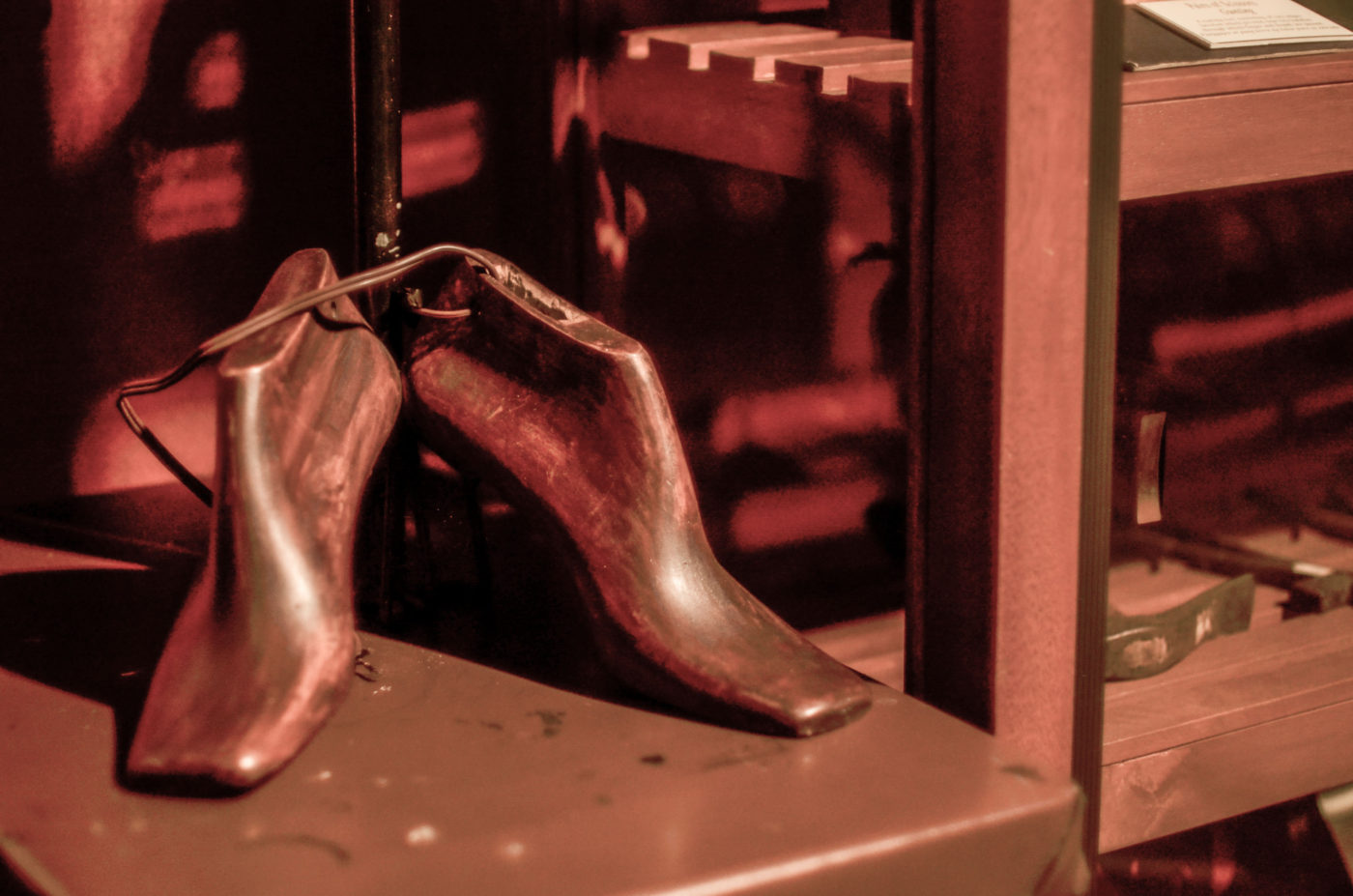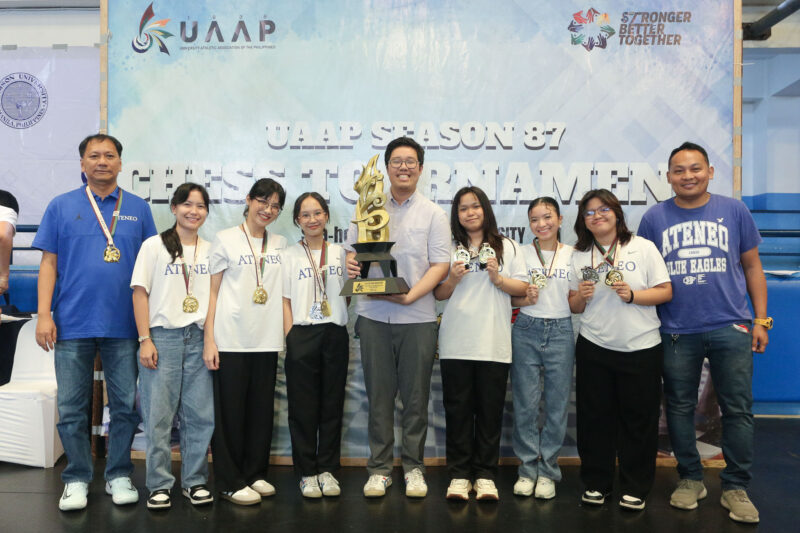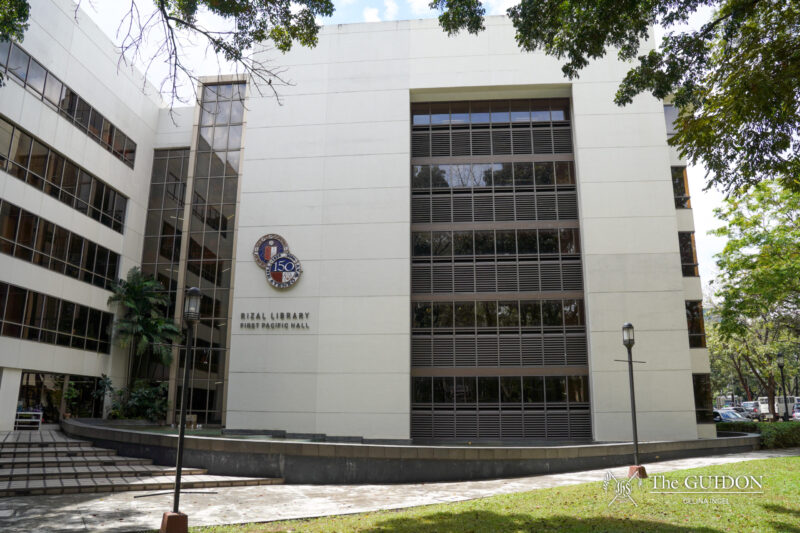In 1887, the capitan municipal of Marikina, Don Laureano Guevara, known to his people as Kapitan Moy, brought with him a pair of imported shoes from Manila. Together with Tiburcio “Busyong” Estaquio, a local slippers maker, they reverse-engineered the shoes to teach the Marikenos the art of shoemaking. Their actions would establish what would become the Shoe Capital of the Philippines.
The shoe industry created by these men has had its ups and downs. According to Marikina City Councilor Mario de Leon, the industry went from a high of 2,000 registered firms in the 1970s-80s to around 300 in the present day.
In the 1970s, when the industry was protected by tariffs and other barriers to entry implemented by the national government, local manufacturers dominated the local markets. Marikina shoes sold across the nation’s markets and shopping malls, with the name Marikina becoming a brand for reliable footwear. Now, these manufacturers have to contend with cheaper Chinese imports flooding the country.
The trend in the industry is indicative of the situation faced by manufacturing firms throughout the country. Ever since the implementation of trade liberalization policies in the 1990s as the Philippines joined the World Trade Organization (WTO), local manufacturers have had a hard time competing effectively with international players.
“Nagkaroon tayo ng WTO treaty na kung saan ay pinapayagan na ng bawat bansa ang labas-pasok ng produkto sa ating bansa. (The WTO treaty allowed signatory countries to bring in their products freely into our country),” says de Leon. “[This is] unlike in the past, [when] they [could not] just export their products in our country.”
The import imposition
With the opening up of Philippine markets, Chinese products, aided by low labor costs and encouragement by the Chinese government, took advantage of the situation and entered the country in the thousands.
A 2005 study by Allen J. Scott indicates that shoe imports to the Philippines more than doubled between 1990 and 2003, with a growth from USD 20,022,000 to USD 50,491,000. Philippine exports, on the other hand, decreased by more than fifty percent or from USD 78,001,000 in 1990 to USD 36,233,000 in 2003. However, the study notes that a large portion of the export trade was made up of foreign-owned athletic shoe factories that closed over the course of the decade.
This trade liberalization devastated the local shoe industry, forcing it to loosen its hold over the domestic market. Meanwhile, Chinese shoes, comprising 38.7% of total global footwear exports, crept into department stores across the country.
According to head of Marikina Trade, Industry and Investment Promotions Office Ma. Lourdes dela Paz, these imports have made it hard for local manufacturers to continue their operations.
“With trade liberalization policies, pwede nilang ipasok ang kanilang mga produkto, sa kasawiang palad, iba legal, yung iba ilegal…yung misdeclaration ng damit, pero sa ilalim, puro sapatos na mumurahin na galing China. (Because of the trade liberalization policies, foreign firms can bring in their products, and unfortunately, some are brought in illegally. There are cases of smuggling where importers will misdeclare the goods that they bring in, because inside their containers are cheap shoes coming from China),” she said. “Isa ito sa threat na kinakaharap natin (These are the kinds of threats that are facing the industry).”
However, dela Paz adds that China is not the only threat, as fellow ASEAN nations are catching up and overtaking the Philippine shoe industry.
“Hindi lang China ang threat natin. Ang Vietnam, Thailand, ang gaganda ng mga sapatos, at lahat yan ay freely makakapasok. Nandoon ang fear ng mga taga-Marikina na tayo ay ma-flood ng mga ganitong mga goods. (Vietnam and Thailand make quality shoes, and can enter freely into our country. Marikenos fear that we might be inundated with imports from these countries.),” dela Paz says.
The state steps up
In light of this, the Marikina city government has tried to stem the tide of imports by working with the private sector to revitalize the local shoe industry.
“Ang [goal] ng local government ay hindi mamatay ang industriya, para tayo pa rin ang kilalanin…bilang “Shoe Capital of the Philippines” pagkat yan ang pinamana ng ating lahi (The goal of the local government is to prevent the death of the shoe industry, so that we may still be worthy of the title “Shoe Capital of the Philippines.” We need to protect these traditions that have been passed down through generations.),” says de Leon.
De Leon, together with the City Council of Marikina, recently approved the creation of the Marikina Shoe Industry Development Office (MASIDO), a department of the city government in charge of assisting and sustaining the shoe industry.
Clarissa Badong, a consultant for MASIDO, says that the office faces an uphill battle when it comes to revitalizing the ailing industry. MASIDO is a relatively new office, and have yet to conduct comprehensive research on the industry.
In addition to this, the city government has offered incentives in order to encourage businessmen to invest in shoe production.
Under Ordinance 016-013 of the city government of Marikina, newly created firms are fully exempted from payment of business tax on their first year of operation, a 75% discount on their second year, 50% on their third, and 25% on their fourth. Existing businesses prior to the passage of the ordinance in 2013 enjoy a 30% discount on their business tax for 5 years.
However, Badong says that MASIDO is putting more focus towards education and training manufacturers in shoemaking in order to make the process more efficient and viable. Shoemaking, she says, relies more heavily on engineering and less on art.
“It’s more on computations,” she says. “Footwear needs to be exact.”
What comes next?
Despite these efforts on the local level, the same cannot be said for the country’s manufacturing sector in general. It is not only the local shoe industry that may be imperiled by foreign imports.
Nonprofit research organization Ibon Foundation reported in 2015 that the Philippine manufacturing sector has shrunk since the 1996 Asia-Pacific Economic Cooperation Summit that was held here. The 25.3% Gross Domestic Product contribution of the industry in 1996 declined to 23.3% in 2014. This is equivalent to the shutdown of approximately 72,700 manufacturing firms and the loss of an estimated 63,000 jobs.
Moreover, according to a World Bank (WB) report, one of the main factors that saw the decline in job opportunities is the shift to non-labor intensive manufacturing on the local level— an effect of trade liberalization and globalization. In fact, since 2005, the manufacturing sector has not been known to be consolidated within the country.
In the same report, the WB recommends that government and stakeholders make efforts in strengthening construction-driven development, which includes improvements in the equipment and infrastructure industries. This measure, according to the WB, may also potentially create jobs for the poor and unemployed.
Additionally, the Philippine Institute for Development Studies proposed in 2014 a manufacturing industry roadmap that envisioned a sector led by private firms and facilitated by the government. This said proposal will in no way compromise linkages with foreign firms. — with reports from Janelle H. Paris
Editor’s note: This article was originally meant for publishing in the May 2015 issue of The GUIDON.




